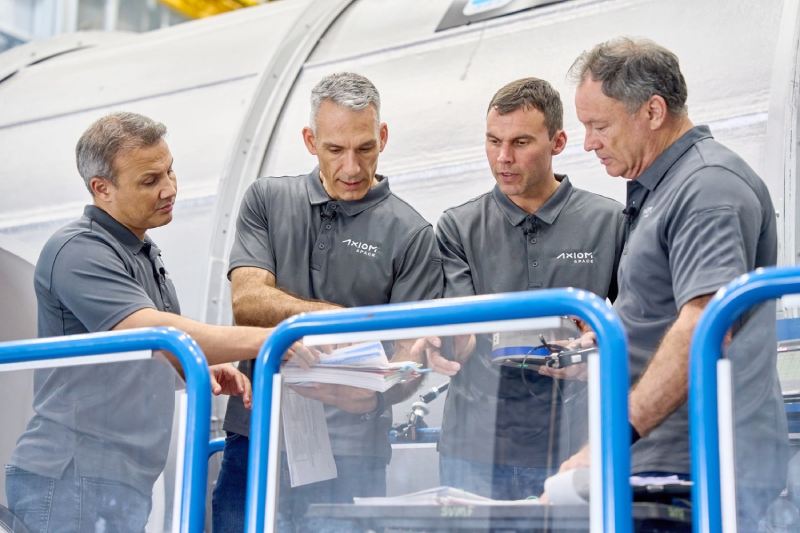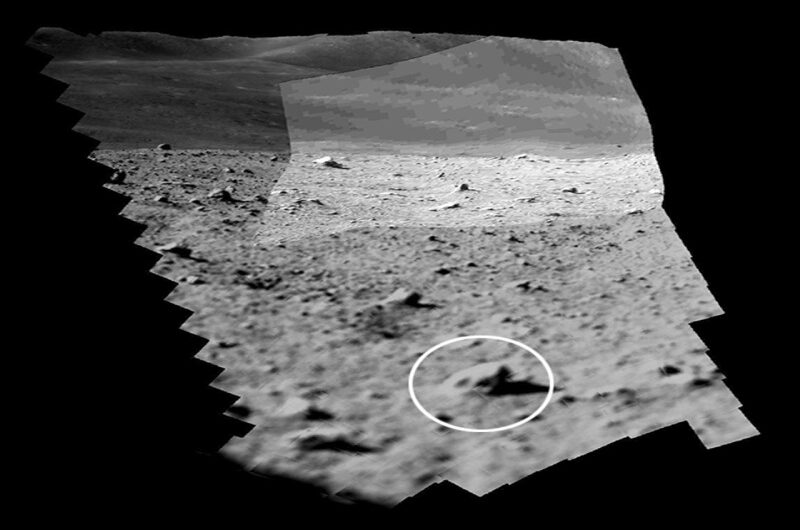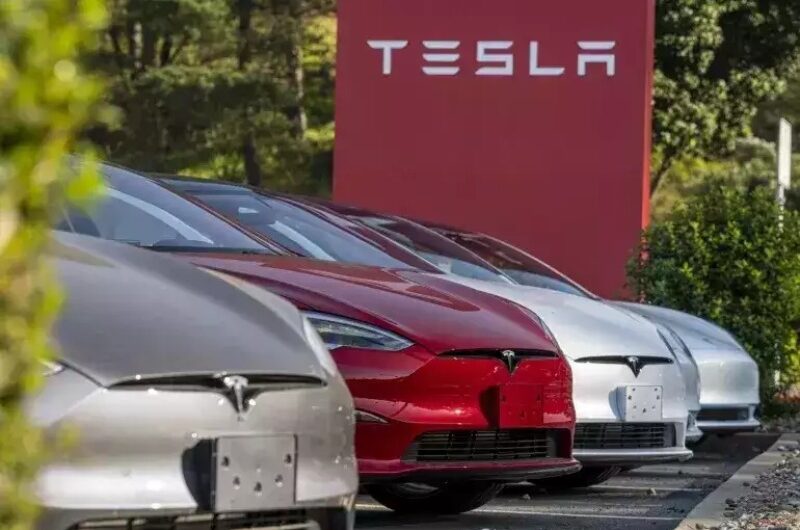SpaceX is still deciding which launch pad it will use for Axiom Space’s third private astronaut mission to the International Space Station, which is scheduled to take place in less than a month.
Axiom Space, NASA, and SpaceX said at an online conference on December 13 that they were getting ready for the launch of the Ax-3 mission on January 9 using a Crew Dragon spacecraft on a Falcon 9. The planned time of liftoff is 8:18 p.m. Eastern that day, and the planned time of docking with the ISS is roughly 5:15 a.m. Eastern on Jan. 11.
As per Sarah Walker, SpaceX’s director of Dragon mission management, the launch will utilize the identical Crew Dragon spacecraft and Falcon 9 launcher as the Ax-2 flight in May. “With margin to support the Ax-3 launch in early January, both vehicles are on track,” the spokesperson stated.
However, the announcement omitted information about the launch’s location. SpaceX has begun constructing a tower at adjacent Space Launch Complex 40 at Cape Canaveral Space Force Station to enable cargo and crew launches. All prior Crew Dragon missions have used Launch Complex 39A at the Kennedy Space Center. In November, there were rumors that SpaceX planned to launch the Ax-3 mission from SLC-40 in order to avoid clashing with another launch from LC-39A.
Walker stated that a choice has not yet been made about the pad to be used for Ax-3. She stated, “We are almost finished preparing SLC-40 to support Dragon missions, if necessary.” This includes obtaining “final external approvals” from regulatory bodies and finishing the crew access arm’s interior.
On the present timetable, however, a launch from LC-39A would conflict with another Falcon 9 carrying Intuitive Machines’ IM-1 lunar lander, which is slated to launch from that pad as soon as January 12. Since only that pad is prepared to fuel the lander just prior to launch, that mission must launch from LC-39A. In a statement released on December 4, Intuitive Machines announced the arrival of the lander at Cape Canaveral for prelaunch processing, and they confirmed a launch date of January 12. The launch window for that mission is through January 16.
Last year, SpaceX revealed plans to construct a tower at SLC-40 to act as LC-39A’s backup in the event that a launch mishap rendered that pad unusable. More recently, the business has highlighted the versatility that comes with having two pads capable of handling Dragon missions.
Walker expressed his excitement, saying, “We’re thrilled to have this flexibility and we did it because we’re seeing the growing demand for Dragon missions.” She said that Dragon launches would continue to take place at LC-39A, the “priority pad.” “However, having the second pad available allows us to move a Dragon over to SLC-40 when necessary, allowing us to be extremely responsive to customer needs and growing demand.”
Michael Lopez-Alegría, the chief astronaut of Axiom and a former NASA astronaut, will lead the 14-day Ax-3 trip. He also led the Ax-1 mission in April 2022. The pilot will be Walter Villadei, an Italian astronaut who flew the first commercial Virgin Galactic suborbital trip in June and served as backup on Ax-2. Mission specialists will be Marcus Wandt, an ESA reserve astronaut from Sweden, and Alper Gezeravcı of Turkey.
Along with outreach initiatives, the four have over thirty experiments planned for the journey. According to Matt Ondler, president of Axiom Space, “we had more research than we could fit into the mission, which I think is a great example of how much demand there is for that kind of work.”
The third of four planned private astronaut trips to the International Space Station (ISS) is called Ax-3; Ax-4 is scheduled for later in 2024. According to Angela Hart, manager of NASA’s commercial LEO development program, “the Axiom-3 mission represents the continued progress that industry and NASA are making to build a robust commercial economy in low Earth orbit.” These missions “assist in promoting our overall vision for a long-term sustainable in low Earth orbit and the demand side of the equation on low Earth orbit economy.”
Prior to launching a number of commercial modules that it will attach to the International Space Station, Axiom is also utilizing the trips to obtain experience. When the ISS retires, its modules will serve as the foundation of a stand-alone Axiom space station. During the briefing, Ondler stated that the first of those modules would now launch to the International Space Station at the end of 2026, which is around one year later than the company had previously stated.
Topics #astronaut mission #Axiom Space #SpaceX










